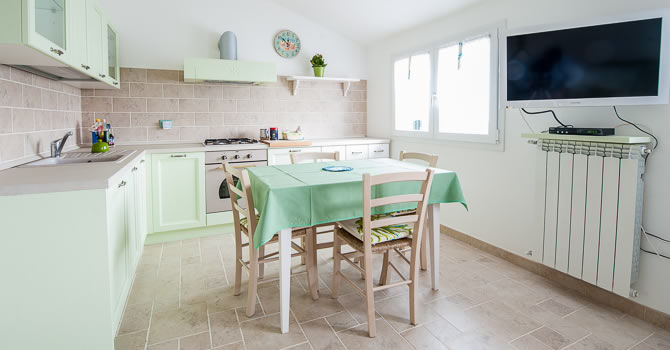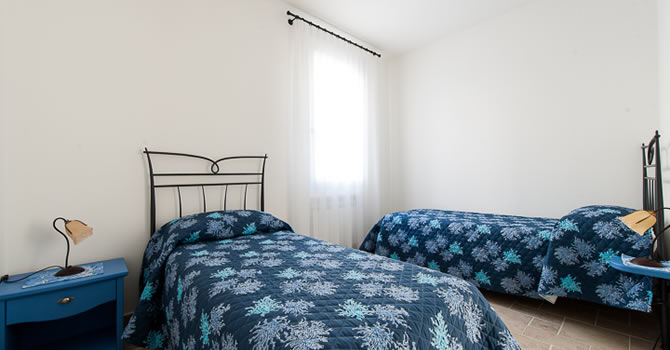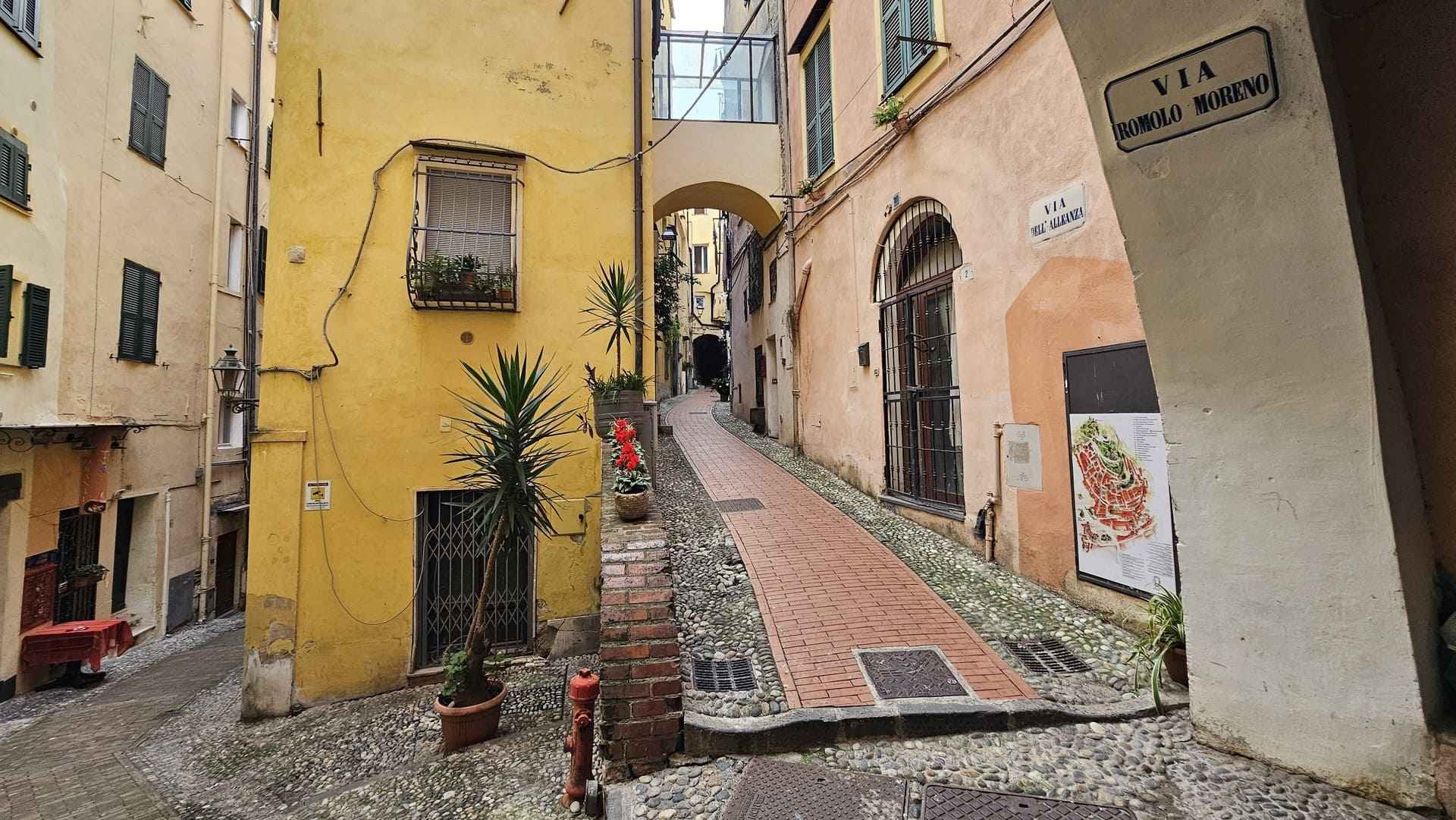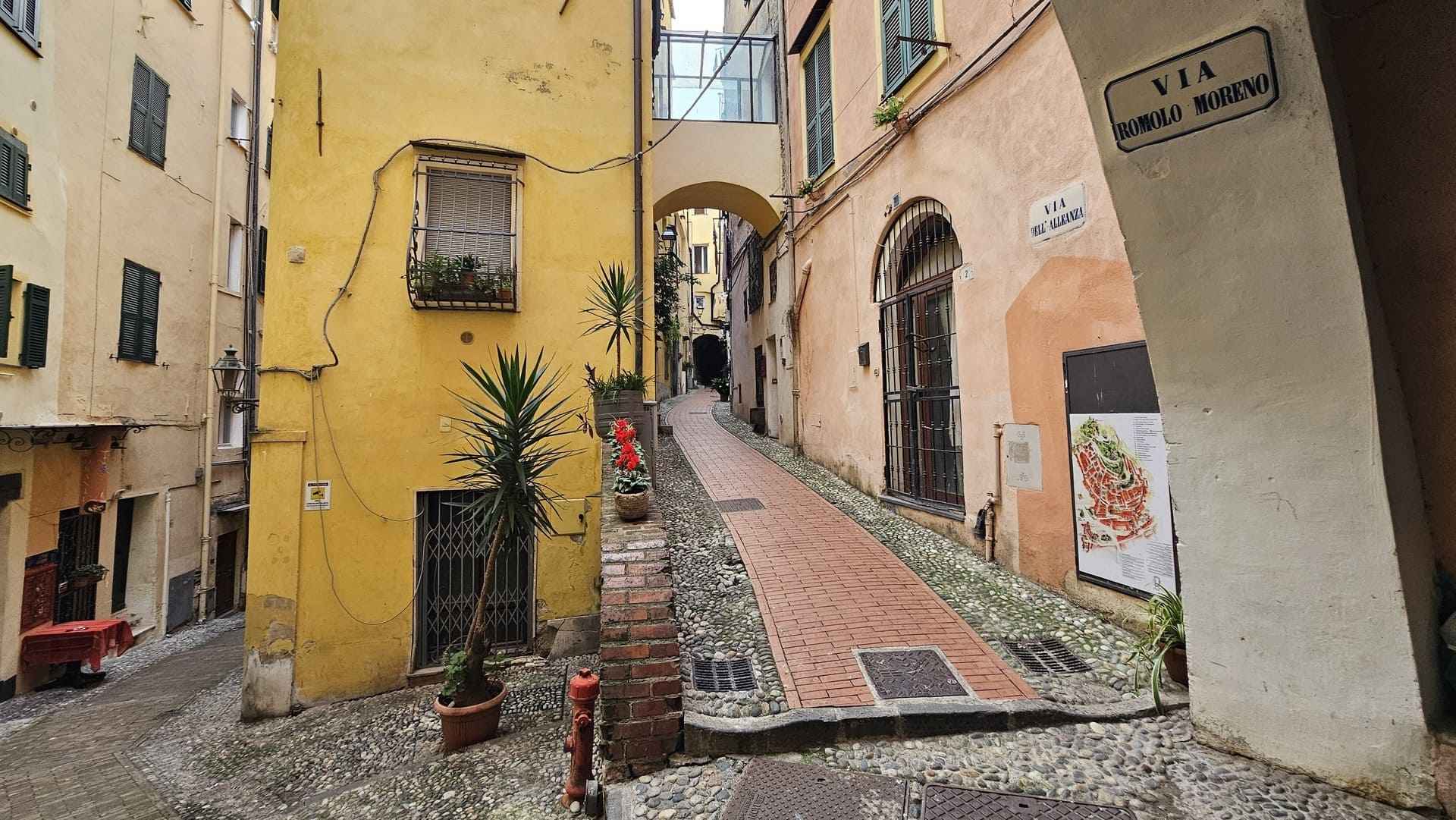
Dianese Gulf Municipalities
Cervo: discovering one of the most beautiful villages in Italy
February 21, 2020
About 3 km away from our Farmholidays in Diano Marina, there is a jewel of the Gulf of Diano: Cervo. This pretty village that proudly overlooks the sea, is one of the most beautiful villages in Italy. In 2016, in fact, Cervo was nominated by Rai transmission "Alle Falde del Kilimangiaro" among the most beautiful villages in Italy.
In this article we will explain why to visit the baroque pearl of West Liguria.
The village of Cervo
Cervo stands out on the hill with its colourful houses and the baroque façade of the Corallini Church. Its view fills the landscape and characterizes it to such an extent that it is immediately recognizable by anyone along the Via Aurelia. Its coastline is largely free beaches, with gravel or sand, and its crystal clear sea is often calm, ideal for families with children.
A privileged tourist destination in West Liguria, Cervo is one of the seven municipalities in the Gulf of Diano. For years it has been recognized as one of the most beautiful villages in Italy, by the association of the same name. But anyone who has visited this Ligurian village at least once knows that it needs no introduction. Cervo is a gift that simply offers itself to our sight, majestic and generous at the same time.

The story of Cervo
The Latin inscription "servant" stood out on the signs of the inns that offered hospitality in Roman times. In this area, in fact, there was a mansio: a rest area for anyone who walked along the Via Julia Augusta. From this name, with the passage from Latin to vulgar, would derive Cervo.
After the fall of the Western Roman Empire (476 A.D.), Cervo hosted a Byzantine settlement, which saved the territory from further looting by barbarian populations. In this period important fortifications were started to guarantee the safety of the village.
Around the 9th - 10th century, numerous pirate raids on the west coast of Liguria forced the inhabitants of the area to find refuge in the fortified villages on the hills. With the crisis of the Carolingian Empire, Cervo then became part of the county of Albenga.
In the 14th century, Cervo claimed its status as an autonomous municipality, falling under the protection of the Republic of Genoa. Genoa in 1330 ceded Cervo to the Knights of Malta. The property lasted a short time, the feud was sold to Lazzaro Doria and finally to a descendant of the powerful Clavesana family, Enrico Del Carretto, and then returned under Genoese rule in 1384.
In the following centuries Cervo intensified its commercial traffic, specializing in coral fishing. This was practiced in the seas of Corsica and Sardinia, where coral was taken away to be brought back to Liguria and processed. This particularly profitable activity had triggered numerous raids by Saracen populations throughout the 16th century.
Following the fall of the Republic of Genoa, in 1797 Cervo fell into the orbit of the Ligurian Republic. It then passed under the First French Empire in 1805, returning to the Kingdom of Sardinia in 1815, and finally to the Kingdom of Italy in 1861.

What to visit in Cervo
To get to Cervo, take Via Aurelia towards Genoa, pass San Bartolomeo al Mare and take Via 2 Giugno, following the signs for the village. After a few uphill hairpin bends, where you will be able to admire the typical Ligurian landscape, characterized by olive groves, you will reach the top of the ancient village. Here you will find several car parks, both on the road and a little further on, in a small square.
Once you arrive in the historical centre of Cervo, which can only be reached on foot, you will be pleasantly impressed by the beauty of its Castle, built by the Clavesana family in the 13th century and now home to the Ethnographic Museum.
It is no coincidence that every year hundreds of tourists walk among the traditional caruggi, getting lost among private houses, bars, restaurants and craft workshops, in a crescendo of colors and scents.
You can decide to access the village either from Via Cavalieri di Malta or from Piazza Castello. The latter option is certainly the easiest. Beyond an arch there is Piazza Santa Caterina, which seems organized almost like a large courtyard, with plants, tables and stairs leading to private homes. From here you can access, through a small staircase on the left, the Ethnographic Museum and the Panoramic Terrace.
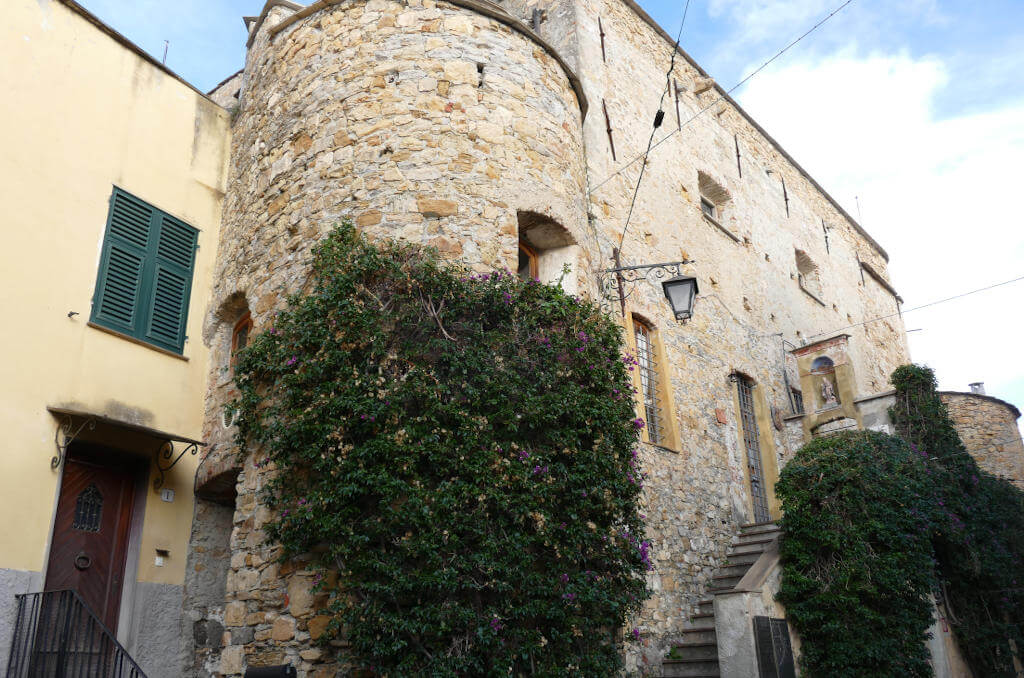
Going down to the cobbled streets, you make curious encounters. It is worth going into all the caruggi, even the narrowest ones: they are the ones that hide constant surprises. For example, take via Alessandro Volta and walk along it all, until you come across Piazza Serafino and Nino Alassio. Here, in addition to the characteristic faded facades on which the unfailing cloths hang out, you can admire the bell tower of the Oratory of Santa Caterina.
But every caruggio is worth a stop. There is no lack of art objects, installations and poems hanging on the doors of the houses. Like many Ligurian villages, also Cervo is a big garden. Plants and flowers are a constant in the cobbled streets, which thus become almost extensions of private homes. Continuing on our way, we reach a promontory from which you can enjoy an unparalleled view. Here stands the Church of San Giovanni Battista, also known as the Church of the Corallini.
This name was dedicated to it because it was built thanks to the proceeds of the coral fishermen's trade. Built between the 17th and 18th centuries, the Church of the Corallini was designed by the architect Giobatta Marvaldi, who made it a jewel of Ligurian Baroque.
Other historical buildings in the historic centre of Cervo are also worth a visit, such as the former Oratory of St. Catherine of Alexandria (13th century); the Church of St. Nicholas of Tolentino, built on the ruins of an ancient pagan temple; finally Palazzo Morchio (17th century), seat of the Town Hall.

Events in Cervo
In this scenario of yesteryear, Cervo has for years now offered some of the most interesting cultural events taking place on West Liguria.
Since 1964, in fact, it has hosted the International Chamber Music Festival, conceived by the Hungarian musician Sàndor Vègh. In front of the Corallini Church you can immerse yourself in a dream atmosphere, enjoying the acoustics made perfect by the particular architectural conformation of the square.
Another appointment not to be missed is the literary event "Cervo ti Strega", which sees the finalists of the renowned Premio Strega.
A sea of charm and history embrace Cervo, one of the most beautiful villages in Italy. Visiting Cervo is an opportunity not to be missed for those staying in our holiday homes in Diano Marina.

Listen to all podcasts published on our official channels:
